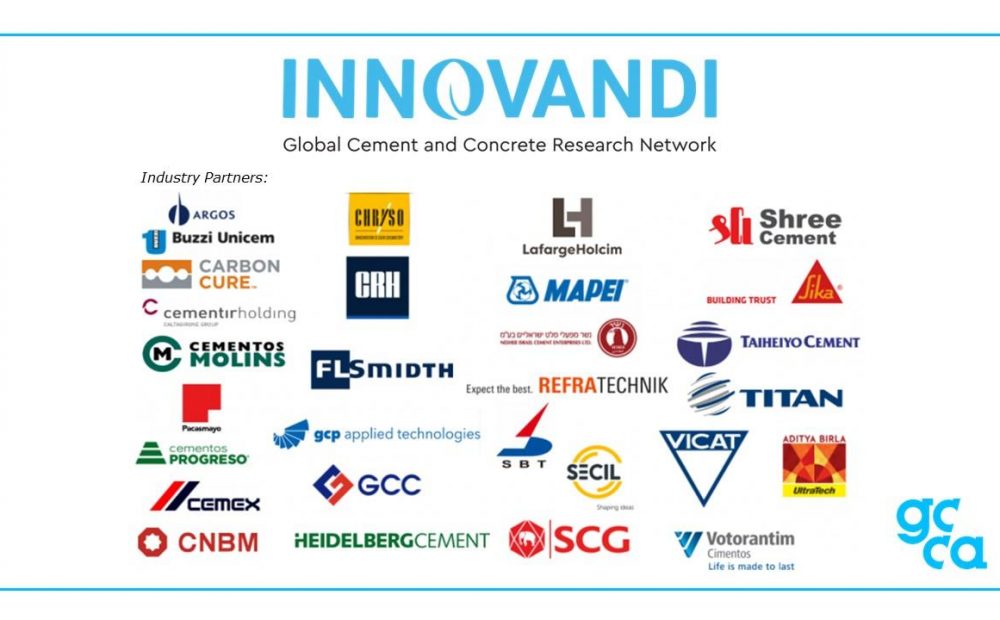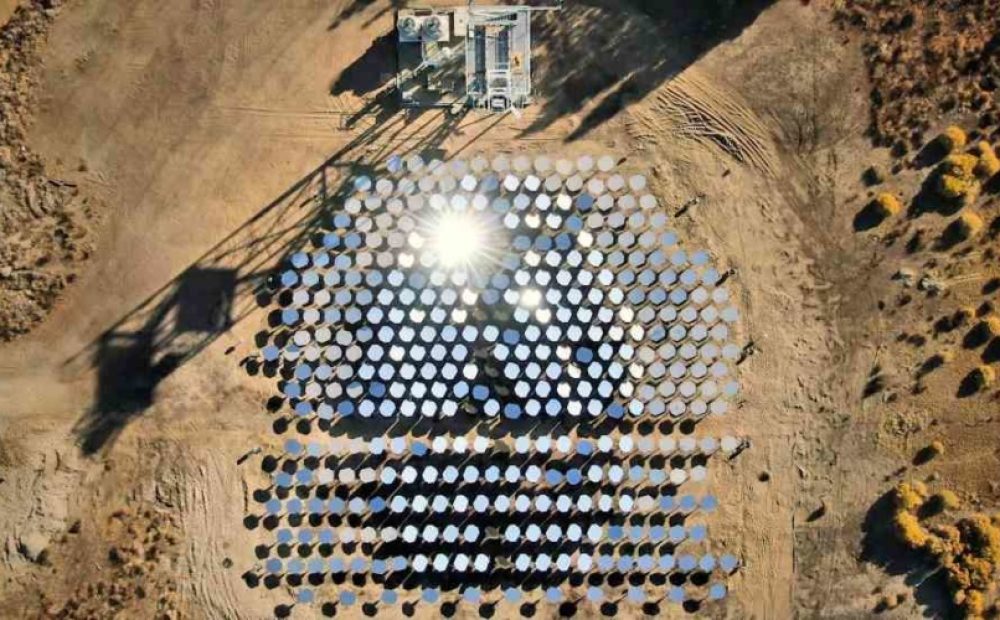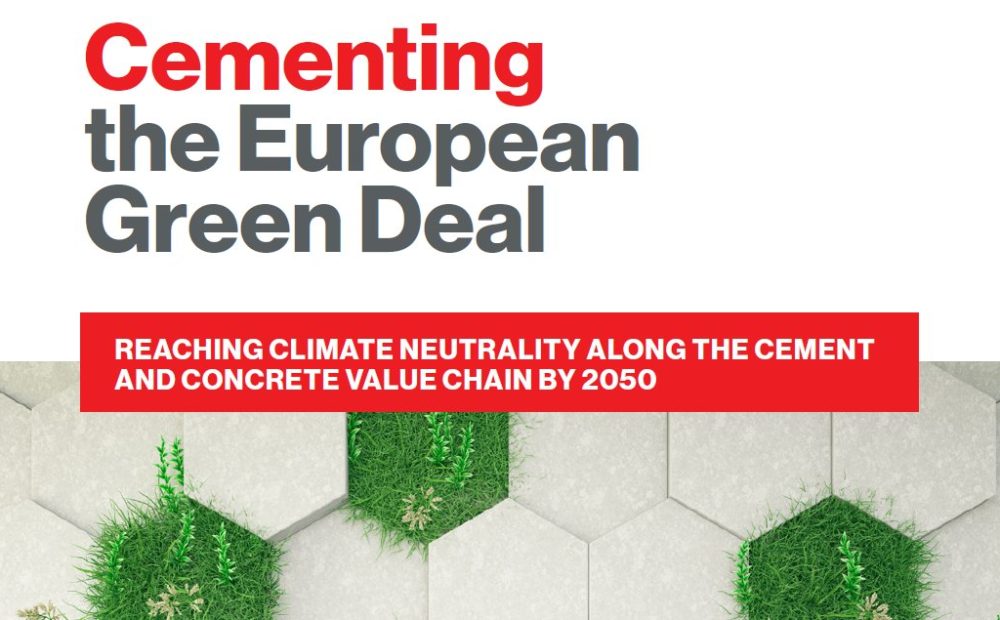The 1915 Çanakkale Bridge across the Dardanelles in Turkey carries a new highway connecting Europe and Asia. The bridge is located at the Northeastern end of the strait where it connects the Gelibolu province to the Northwest with the Lapseki province to the Southeast as illustrated below.
Continue readingAuthor Archives: HG
€ 1 Billion Investment In Innovative Clean Technology Projects
The European Commission launched the first call for proposals under the Innovation Fund, one of the world’s largest programmes for the demonstration of innovative low-carbon technologies, financed by revenues from the auction of emission allowances from the EU’s Emissions Trading System on 3th of July.
Continue readingCircular Economy Actions In The Buildings Sector
An article named “Cutting greenhouse gas emissions through circular economy actions in the buildings sector” was published by European Environment Agency on 9th of July.
The key messages of the article are:
Continue readingAn Opportunity For The Cement Industry: Startups
According to Wikipedia, the definition of startup is:
“A startup or start-up is a company or project initiated by an entrepreneur to seek, effectively develop, and validate a scalable business model. While entrepreneurship refers to all new businesses, including self-employment and businesses that never intend to become registered, startups refer to the new businesses that intend to grow large beyond the solo founder.Startups face high uncertaintyand have high rates of failure, but a minority of them do go on to be successful and influential. Some startups become unicorns, i.e. privately held startup companies valued at over US$1 billion.“
Continue readingInnovandi – Research Network Initiated by GCCA
The Global Cement and Concrete Association (GCCA) has announced the formation of Innovandi – the Global Cement and Concrete Research Network (GCCRN) at the end of 2019. Innovandi focuses on projects to address sustainability and emissions challenges
Continue readingCan Solar Energy Be a New Fuel Source for Cement Production?
Needless to say that the hottest issue in the cement industry is to minimize the carbon footprint of cement production. In this direction, so many efforts are being spent. One of the latest innovation in this subject is using solar power as an alternative source to fossil fuels. Thanks to Bill Gates, this project came onto the agenda. Still the current level is not sufficient for cement production, but the project is very promising for the future.
Continue readingHeidelberg Cement Sustainability Report 2019
Sustainability reports are not just prestigious documents for companies. These reports transparently show that companies are aware of their responsibilities for the environment, economy and society and are constantly improving themselves in this direction. Sustainability reports are also reliable sources of information for academia, government agencies and the industry.
Continue readingThe Role of Innovation in Cement 2050 Roadmap
According to OECD, an innovation is the implementation of a new or significantly improved product (good or service), or process, a new marketing method, or a new organisational method in business practices, workplace organisation or external relations.
Continue reading2050 Carbon Neutrality Roadmap
CEMBUREAU’s Carbon Neutrality Roadmap sets out the cement industry’s ambition to reach net zero emissions along the cement and concrete value chain by 2050.
The Roadmap looks at how CO2 emissions can be reduced by acting at each stage of the value chain – clinker, cement, concrete, construction and (re)carbonation – to achieve zero net emissions by 2050. It quantifies the role of each technology in providing CO2 emissions savings, making concrete political and technical recommendations to support this objective.
Continue readingWorld’s First Zero-Emission Cement Plant
HeidelbergCement og Norcem are involved in the capturing part at our Brevik cement plant. Norcem could have the world’s first CO2-capture facility at a cement factory. HeidelbergCement Group is one of the world’s largest manufacturer of building materials and has around 60,000 employees in more than 60 countries. Norcem and Heidelberg has a vision of zero emissions from concrete, seen in a life cycle perspective, by 2030.
Continue reading








